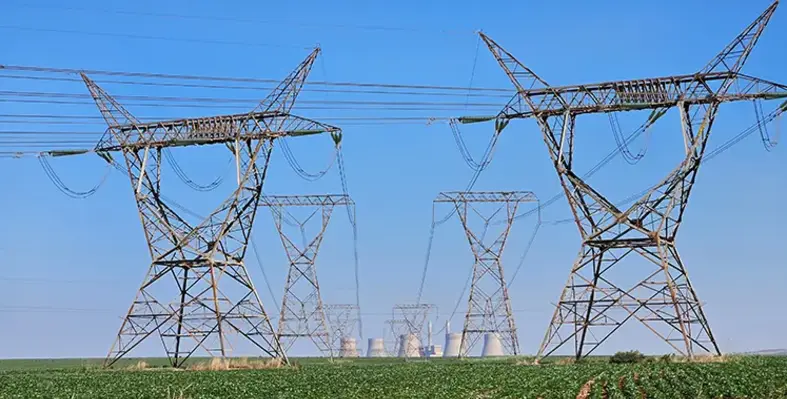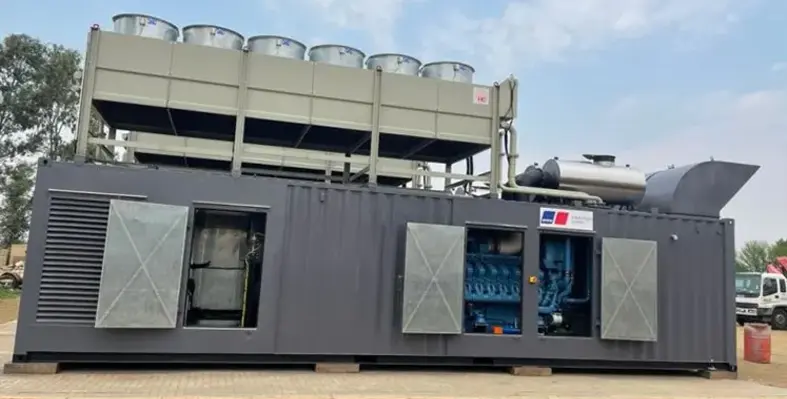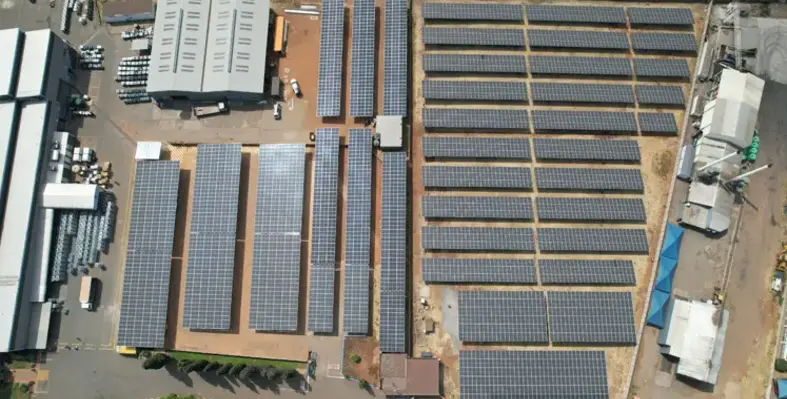Energy
Rolls-Royce powers Sibanye-Stillwater mine
Rolls-Royce in Africa has supplied and commissioned four 2500kVA prime rated containerised mtu Series 4000 generators to mining group Sibanye-Stillwater
The generators have been deployed at the K4 shaft in Rustenburg, South Africa, to provide critical back up power for underground mining operations.
“The project was a follow-up project of the first project at K3 Shaft which indicates satisfied repeat client,” mtu solutions said in an update on social media.
After the latest installation, it means Sibanye now owns a total of eight the same generators.
“The generators were specifically designed to withstand inrush current and other poor power quality events caused by mine shafts and hoists,” the statement added.
“Furthermore the containers were designed to withstand [a] high heat and high dust environment.”
Rustenburg is a shallow to intermediate level platinum gold metals (PGM)) operation, with surface sources and concentrators located northeast of the town of Rustenburg in North West Province, 120 km north-west of Johannesburg.
The site has more than 14,000 employees and contractors working on it.
It marks the latest successful installation for the Rolls-Royce brand in Africa, after commissioning 10 mtu gas gensets for the Egyptian Wood Technology Company’s (WOTECH) production plant at the start of the year.
The plant, in northern Egypt, produces medium-density fibreboard (MDF) from rice straw for use in furniture and buildings.
As the facility has no access to the public grid, it relies on the 20-cylinder mtu gas gensets which have a collective output of 25MW.
In June, Rolls-Royce officially opened a new headquarters and training facility in Johannesburg to support its Power Systems division.
The new centre will support the growing fleet of Power Systems’ mtu mobile and stationary power solutions across critical sectors such as energy, technology, mining, transportation and oil and gas.
Cobus Van Schalkwyk, director global mining and managing director, Rolls-Royce Solutions Africa, said at the time that the new facility “is a clear signal of our confidence in Africa’s growth and our commitment to being closer to our customers.”
The new training centre is designed to support between 100 and 150 trainees annually with a wide range of training engines, including mtu 2000 and 4000 series, used for power generation, mining and rail applications.
Read more:
Rolls-Royce. INERATEC power data centre shift
Everllence to supply new Mauritania power plant
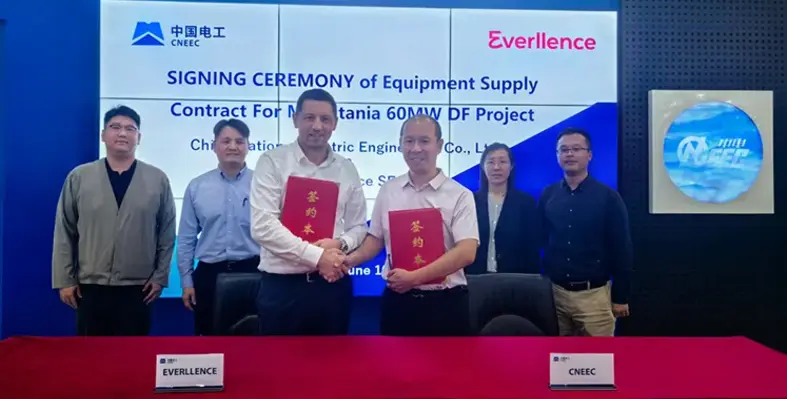
Martin Chmiela, head of power, Asia Pacific, Everllence, and Mian Sun, deputy GM of the 5th Engineering Department, CNEEC, at the contract-signing ceremony in Beijing. (Image source: Everllence)
Maxion Wheels new solar project at Joburg plant
Mondi advances energy independence at Merebank mill
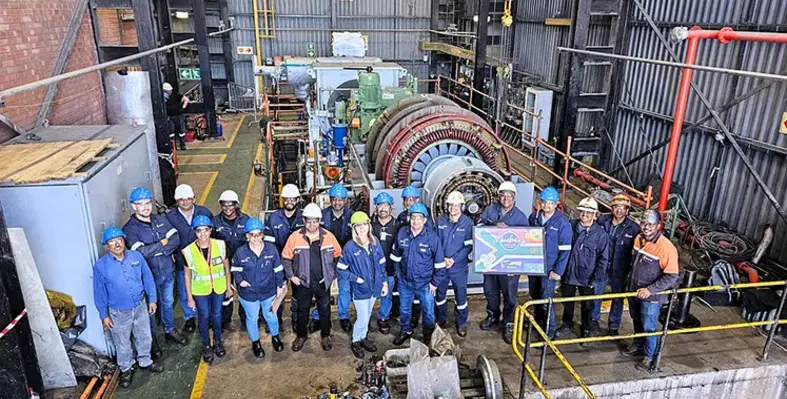
Mondi’s Merebank mill boosts self-sufficiency with new turbine and flood-proofing projects, driving MAP2030 sustainability goals. (Image source: Mondi Merebank)
Mondi, a global packaging and paper leader, has reached a key sustainability milestone at its Merebank mill in Durban, South Africa, through the installation of a new turbine at the site’s power plant
With this development, the mill can now generate 60% of its own electricity, reducing reliance on grid power and enhancing efficiency.
The upgrade features a condensing steam turbine, new cooling towers, piping, and control systems, designed to harness excess steam from the mill’s boiler.
Highlighting the project’s significance, Donovan Naidoo, operations director at Mondi Merebank, said, “By generating power on site, we reduce our dependency on external electricity supply, reduce costs and take a step towards energy independence, climate resilience and long-term operational stability. Once the cooling tower upgrade is completed, the new turbine will produce more electricity than the mill consumes – a significant milestone in our journey towards self-sufficiency.”
Beyond greater energy independence, the turbine also supports a lower carbon footprint for the mill.
In parallel, the mill has finished two flood-resilience projects aimed at reducing risks from natural disasters. These include the installation of flood gates and inflatable flood barriers, enabling the rapid creation of water-catchment dams. These initiatives safeguard operations and surrounding communities during extreme weather, ensuring continuity.
Both the turbine generator and flood-defence projects align with the Mondi Action Plan 2030 (MAP2030) sustainability commitments.





